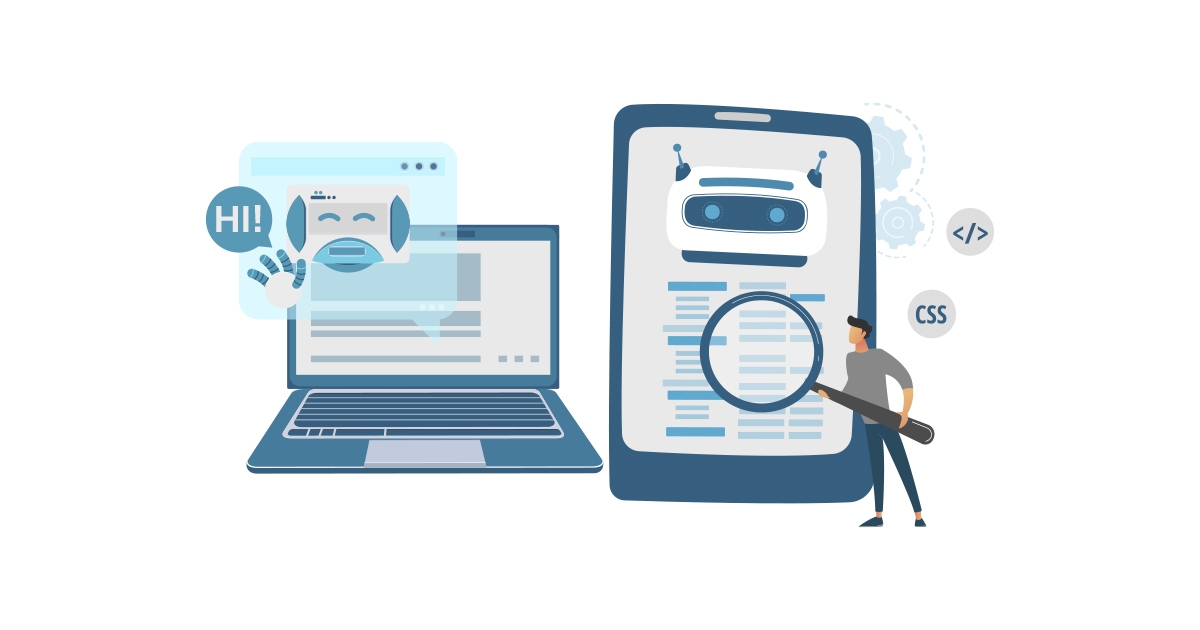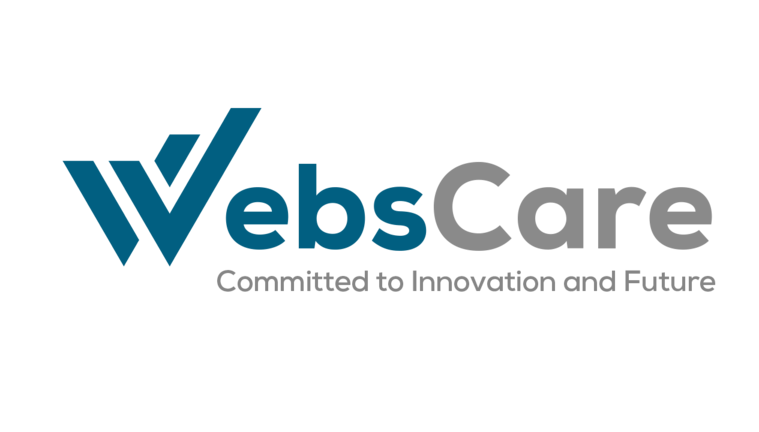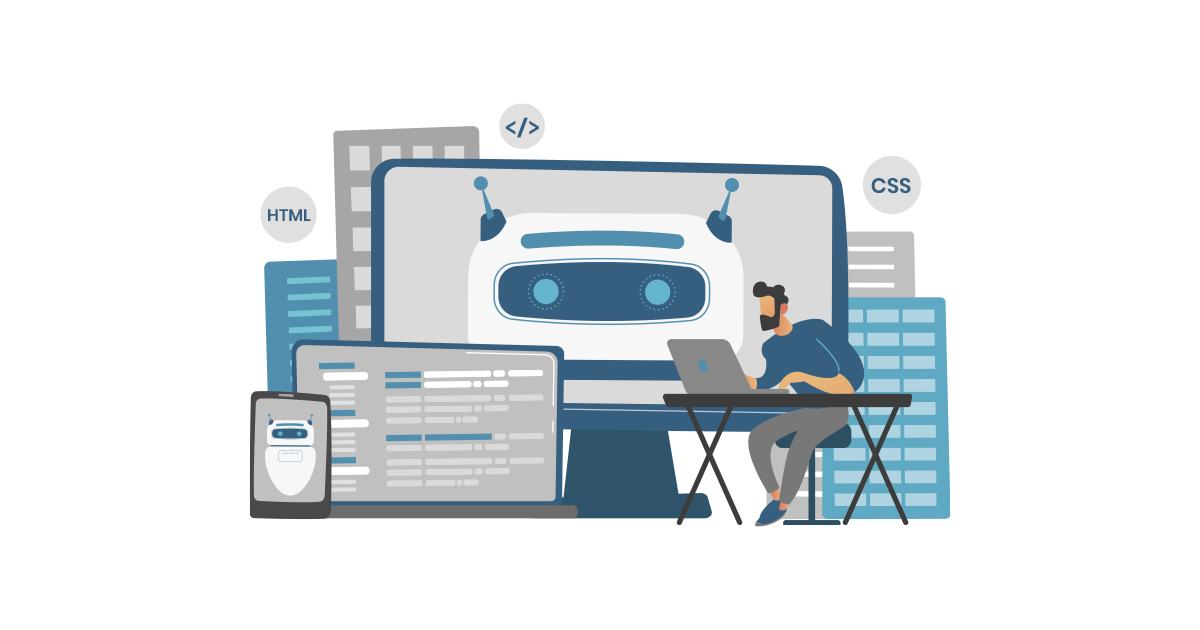AI is already fully integrated into the web development industry and increasingly performing more complex tasks. But its main importance in web development isn’t always noticed or talked about. If you want to work in web development, you should be familiar with how AI is changing the game. Recent data forecasts a staggering 37.3% compound annual growth rate for AI between 2023 and 2030 with the market projected to hit $1,811.8 billion by 2030. In this thorough article, our WebsCare research team has explained everything related Impact of AI on Web Development.

Looking for reliable web hosting in Pakistan? Here are the 5 Best Web Hosting Companies with Locally Hosted Web Servers in Pakistan to consider for fast and secure website performance.
Impact of AI on Web Development Today
AI and human intelligence now work hand-in-hand in web development. AI doesn’t replace human effort but supports it, making tasks faster and more efficient. It enhances the work of developers, helping them create better results in less time. Our team has compiled some impacts of AI on the Web Development today, mentioned as:
Automated Code Generation
AI-powered tools can create code snippets or even whole sections of code from simple inputs. For example, platforms like GitHub Copilot use machine learning to suggest code completions, making the coding process faster and reducing errors. Tools like Macrosoft’s CodeAuto help developers by suggesting code and completing lines in real time, improving productivity and efficiency. This allows developers to focus more on solving complex problems instead of doing routine coding tasks. Automated code generation also helps maintain coding standards in team projects, reducing the need for lengthy code reviews and rework. Plus, it speeds up the onboarding of new developers, as they can quickly learn the project’s coding practices with AI-powered suggestions.
Enhanced User Experience (UX)
AI can analyze user behavior to create personalized experiences. By understanding user preferences and interactions, AI-driven systems can dynamically adjust content, layout and functionality to enhance user satisfaction. For instance, recommendation engines, like those used by e-commerce websites, suggest products based on a user’s browsing history and preferences, increasing engagement and sales. Beyond e-commerce, AI-enhanced UX is transforming industries like healthcare, education and finance. In healthcare, AI-driven platforms can provide personalized health recommendations and reminders based on patient data. In education, adaptive learning systems modify educational content to individual student needs, improving learning outcomes. AI can analyze spending habits in finance to offer personalized budgeting advice and financial products.
Chatbots and Virtual Assistants
AI-powered chatbots and virtual assistants offer quick help to users. These tools can answer questions, guide users through complex tasks and provide personalized suggestions. For example, chatbots like Drift and Intercom use natural language processing (NLP) to understand and respond to user questions, making customer support faster and better. Chatbots have evolved beyond just answering simple questions. Advanced AI chatbots can have real conversations, understand context and learn from each interaction to improve. This is especially useful in customer service where chatbots can solve problems quickly, reduce wait times and handle many inquiries without needing human help. Virtual assistants, integrated into apps and devices, provide smooth interaction and support, making users feel more engaged and satisfied.
Content Creation and Management
AI can assist in content creation by generating comprehensive articles, full summaries and even media elements. Plus, AI-driven content management systems (CMS) can automate the organization and optimization of content, ensuring it reaches right audience at the right time. Tools like Articoolo and Wordsmith can generate articles based on specific topics, freeing up human writers to focus on more creative tasks. The benefits of AI in content creation extend to multimedia content. AI can design graphics, generate video scripts, and even create music, providing comprehensive support for multimedia projects. AI-driven content management helps personalize content more effectively by adjusting what is shown to users based on their preferences and behavior. This results in higher engagement and better communication with the intended audience.
Wondering which free web hosting services are best for users in Pakistan? Here are the 6 Best Free Web Hosting Services for Users in Pakistan that offer reliable and efficient options for your website.
SEO Optimization
AI tools can analyze website data and give useful advice to help improve search engine rankings. These tools can suggest ways to optimize keywords, find technical SEO problems, and track website performance. For example, AI-based SEO tools like BrightEdge and MarketMuse provide insights and suggestions to improve a website’s visibility on search engines. AI-driven SEO goes beyond just keyword analysis. It can also perform tasks like identifying content gaps and showing topics that competitors are covering but your site isn’t. AI can even predict future search trends and recommend content updates to keep your site competitive. Plus, AI can automate common SEO tasks like creating meta tags and building links, allowing SEO experts to focus on more important strategies.
Web Design
AI can help with web design by suggesting layouts, creating designs and even generating entire websites based on what the user wants. This speeds up the design process and ensures that websites are both attractive and easy to use. For example, platforms like Wix ADI (Artificial Design Intelligence) use AI to design websites based on the user’s preferences and industry standards. AI-driven design tools do more than just improve the look of a site, they also make sure websites are easy to navigate and meet accessibility standards. By analyzing how users interact with a website, AI can suggest changes that improve user experience and reduce bounce rates. Automating routine design tasks lets designers focus more on creativity and new ideas.
Security Enhancements
AI can detect and respond to security threats in real time. Machine learning algorithms look for patterns and unusual activities to spot potential risks and prevent cyberattacks. AI-powered security tools, like Darktrace, use machine learning to monitor network traffic and identify suspicious actions that could signal a security breach. AI also helps with proactive threat hunting and incident response. It can simulate attack scenarios to find weaknesses before they are exploited. When threats are detected, AI can automatically respond by isolating affected systems and reducing damage. These AI security systems keep learning from new threats, adjusting their defenses to handle evolving attacks. This helps maintain strong and flexible security for web applications and their infrastructure.
Potential Future Trends
Here are some expected trends about Ai integrated development that can be seen in the future, listed as:
Hyper-Personalization
Hyper-personalization means creating user experiences that are closely matched to each person’s preferences and behavior. AI helps web applications show content, recommendations and designs that fit each user perfectly. This makes the experience more engaging, satisfying and enjoyable, boosting user loyalty and connection with the website.
AI-Driven Design
AI will play a bigger role in web design by automating tasks like creating layouts and choosing colors. This will speed up the process and ensure designs follow best practices and match user needs. AI tools will also use real-time feedback to improve web interfaces over time.
Voice and Gesture-Based Interfaces
As voice assistants and gesture-based technology improve, we can expect AI to play a larger role in how users interact with websites. AI could power sophisticated voice-controlled navigation systems, allowing users to perform tasks, search content, or even make purchases entirely through voice commands. Gesture-based interfaces could also emerge, allowing users to control websites with hand gestures or facial expressions. This opens up exciting possibilities for accessibility and user interaction.
Low-Code/No-Code Development
AI-powered tools will let people without technical skills create complex web applications. Low-code and no-code platforms use AI to make app development easy, enabling quick building and launching of apps. This will allow more people to participate in creating digital solutions.
AI-Enhanced Cybersecurity
AI will become increasingly essential in protecting websites from cyber threats. Advanced AI algorithms will detect and respond to emerging threats in real-time, providing a proactive defense mechanism. AI-enhanced cybersecurity will include capabilities like predictive threat or risk modeling, automated incident response and continuous security monitoring.
Ethical AI
There will be a growing emphasis on developing AI systems that are unbiased, fair and transparent. Ethical AI involves ensuring that AI-driven apps do not perpetuate biases or discrimination. This trend will focus on building AI systems that are accountable, explainable and totally aligned with ethical standards. Developers will need to consider the ethical implications of AI in web development and strive to create inclusive and equitable solutions.
| Impact Area | Current Impact | Potential for the Future |
| Automation of Tasks | AI automates coding, debugging and testing. | Full automation of website creation with minimal human input. |
| Personalization | AI customizes content and recommendations based on user data. | Deeper personalization, adapting layout and content in real time. |
| AI Chatbots | AI provides real-time customer support. | More advanced, human-like AI interactions for support. |
| Smarter Web Design | AI automates design creation based on user preferences. | Real-time custom design generation for each user. |
| Predictive Analytics | AI optimizes site performance by analyzing user data. | Continuous optimization and content adaptation based on user behavior. |
| Web Security | AI detects and prevents cyber threats. | AI predicts and prevents future security threats autonomously. |
| User Interfaces | AI enhances voice and gesture recognition. | Advanced AI interfaces for intuitive user interaction. |
| Continuous Improvement | AI improves over time through data analysis. | AI tools that continuously evolve and optimize user experiences. |
Looking for affordable web hosting for your e-commerce site? Here are the 5 Cheap Web Hosting Plans for E-Commerce Websites in Pakistan that offer great value and performance.
Conclusion
AI has already made a noteworthy impact on web development practices from automating repetitive tasks to enhancing user experiences and improving website performance. In this blog, the WebsCare team explained the use of AI in the app and web development and its upcoming uses in future. As AI technology continues to evolve, its role in web development will become even more transformative. The future of web development will be shaped by AI’s ability to create smarter, more personalized and secure web applications. By embracing AI, developers can simplify all task processes, improve efficiency and create more dynamic and user centric digital experiences.


